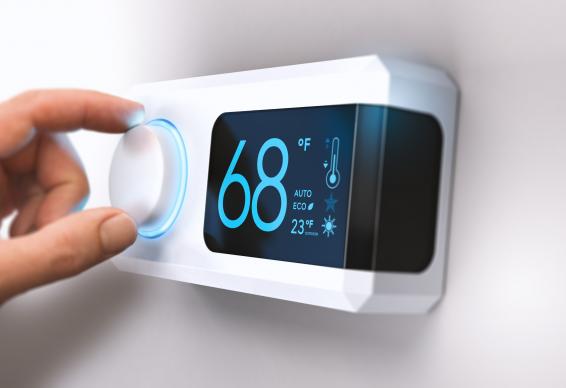Heating is the largest energy expense in most homes, accounting for 35% to 50% of annual energy bills. Reducing your energy use for heating provides the single most effective way to reduce your home’s contribution to global environmental problems. Heating systems in the United States spew over a billion tons of CO2 into the atmosphere each year and about 12% of the nation’s sulfur dioxide and nitrogen oxides.
A combination of conservation efforts and a new high-efficiency heating system can often cut your pollution output and fuel bills by one-third, and in some homes by half. Just upgrading your furnace or boiler to a high-efficiency model can save 1–2 tons of CO2 emissions each year in colder climates.
Heating System Basics
A heating system replaces heat that is lost through the shell of your house. How much energy your heating system requires to replace that lost heat depends on four factors: where the house is located (in colder places, the house will lose more heat); how big the house is; the energy efficiency of the house; and how energy efficient the heating system is.
You can’t do much about the first factor. All other things being equal, the bigger the house, the more energy it will take to heat it. Chances are, you’re not going to decrease the size of your house.
As for the efficiency of your house, improving insulation, sealing air leaks, and repairing the heat distribution system (ducts or pipes) represent excellent opportunities for saving energy and dollars. These measures are addressed in the building envelope section.
Whether or not you’ve buttoned up your house, you can probably save a great deal by upgrading your heating system, either by installing a new high-efficiency system or boosting the efficiency of your present system. Both of these options are addressed in this section.
But first, when considering the various options for improving or replacing your heating system, it helps to know some of the lingo. A lot of confusing terms and concepts are thrown around by salespeople or heating system technicians, and you don’t want to get left behind. Central heating systems have three basic parts: the heating plant itself where fuel is converted into useful heat, a distribution system to deliver heat to where it is needed, and controls to regulate when and how the system runs and when it turns off.





